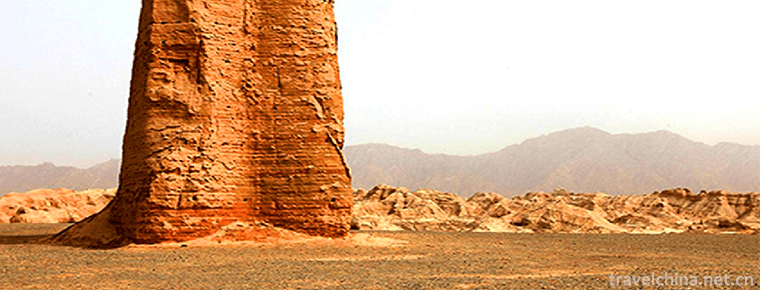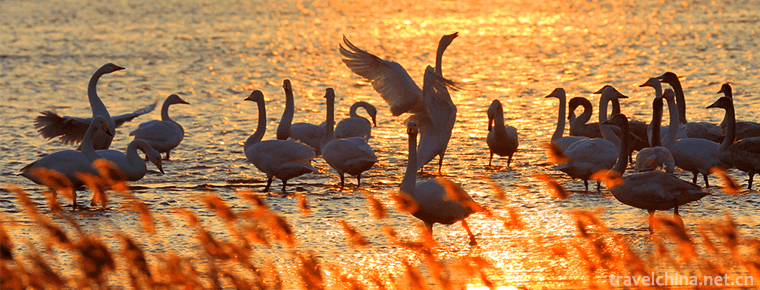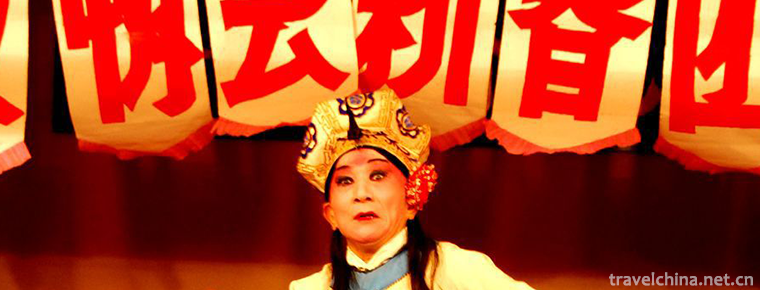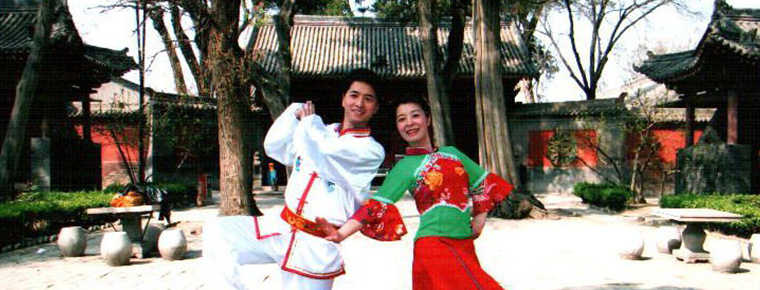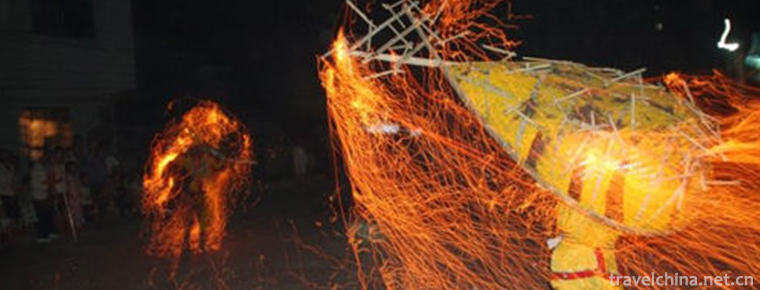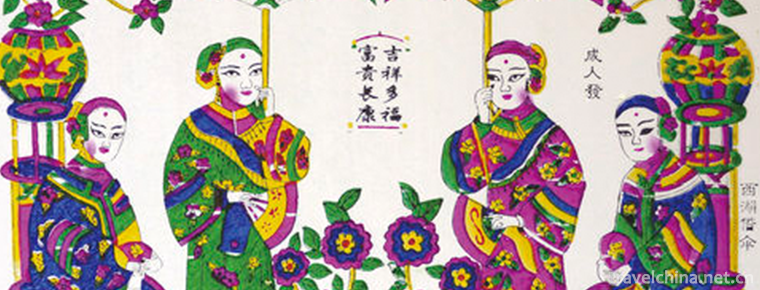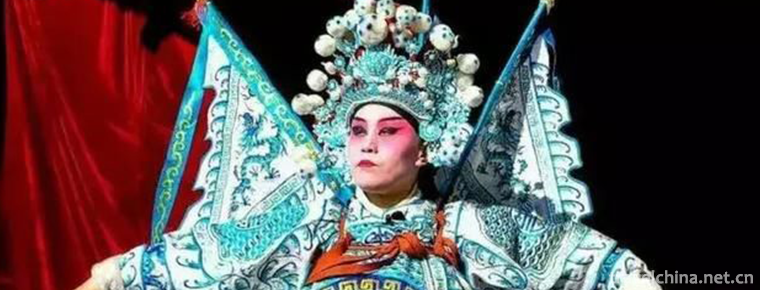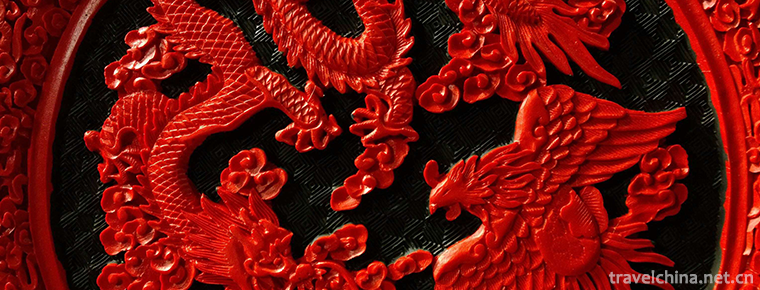Traditional fragrance making techniques
Traditional fragrance making techniques
Fragrance, originated from herbs, not only fragrance overflowing nose, but also eliminating pollution, curing illness, recuperating body and mind, in a relaxed and happy heart, helping people calm down.
The ancients had long known that incense made from natural fragrance and preservation of plant original state had the effect of nourishing the mind and mind.
In the ancient Chinese pharmacy book "Essentials of Materia Medica", there are records about burning aloes to nourish body and mind.
"The aloes are warm and all the trees float, while the aloes sink alone, so they can sink into the air and fall into spit and saliva. They can also fall or rise. Anger makes you angry, but calm makes you angry. The fragrance enters the spleen, so it can adjust the qi.
"Burning incense leads to a quiet walk and a clean feast." Su Shi's poem vividly depicts the life interest of Zhang Wenxiang by the literati at that time. However, to modern times, the long distance of tea is still rare, but the warmth of that fragrance is gradually fading away.
In 2014, traditional fragrance making techniques were listed in the fourth national intangible cultural heritage list.
Fragrance is a thin strip made of wood chips and spices, which is ignited to worship ancestors or gods and Buddhas, and also used to remove foreign bodies. Most of them are made in different places, but their skills are different. They are especially famous for their medicinal fragrance in the west city of Beijing and Guanxiang in Dongguan, Guangdong.
Medicinal fragrance is made by grinding ecological wood such as aloes and sandalwood and precious traditional Chinese medicine into powder. After comprehensive medicinal properties, various prescriptions are made up according to the princes, ministers, assistants and assistants. Natural fragrances of various formulations are made by boiling, steaming, stirring, roasting and artillery.
Varieties are cable incense, tar incense, plate incense, incense pills, powder, incense ingots, incense cakes, etc. There are fumigation, furniture, jewelry, beauty, oral drinks and so on.
Guanxiang, taking the local unique Guanxiang trees as raw materials, cut off the tree body after four or five years of planting, cover the stump and soil, and collect soil after two or three years.
During the collection, the non-fragrant oil accumulation of wood was eliminated, and the remaining oil was Guanxiang. According to the texture of Baimuxiang, sickle, toothfragrance, aloes and other varieties, the fragrance was round and mellow, and then extended to beads, carvings and other handicraft products, as well as Guanxiang tea, Guanxiang wine and other edible products.
Traditional incense has evolved from sacrificial articles into a pleasant and nourishing fragrance culture. Incense, tea fighting, illustration and hanging pictures are the four elegant styles of ancient literati. Whether reading or writing, or drinking tea, we should burn a furnace of incense to create an atmosphere.
Every incense burning is the beginning of a practice. Burning incense is also like ritual Buddha, with a pious heart, choose a clean and quiet environment, put the incense table neatly, take out the incense, put it into the incense table and light it with open fire.
It is also ignited in the hand, extinguished with a hand fan, and then placed on the fragrance table. The process of burning incense slows down the mood and gives life to an ordinary fragrance.
A burner of incense and a plume of smoke can not only meditate, but also have insight into the vagueness of Vatican smoke. Look at the smoke in silence, or straight up, or circuitous and dazzling; sometimes vigorous and surging like falling into five miles of fog; sometimes solitary as the absolute wall outstanding and quiet.
Dedicated intake of nose root aroma, or rich, or fresh, or elegant, or mellow, bring unique feelings.
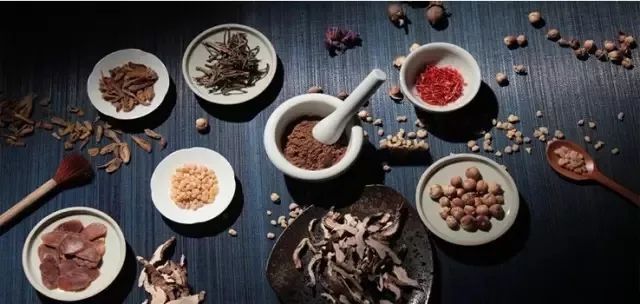

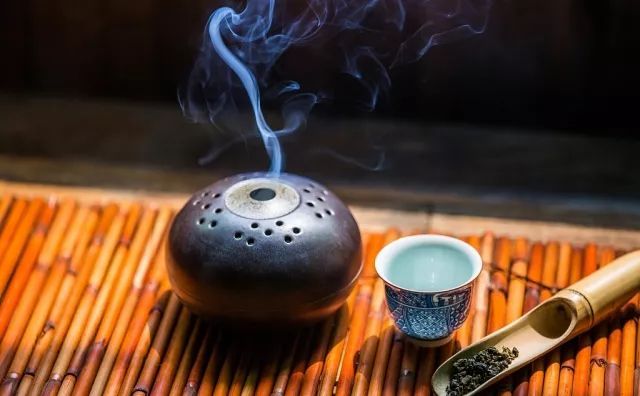
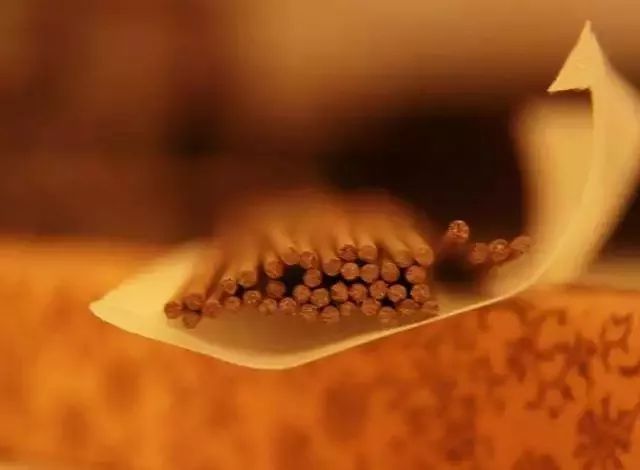
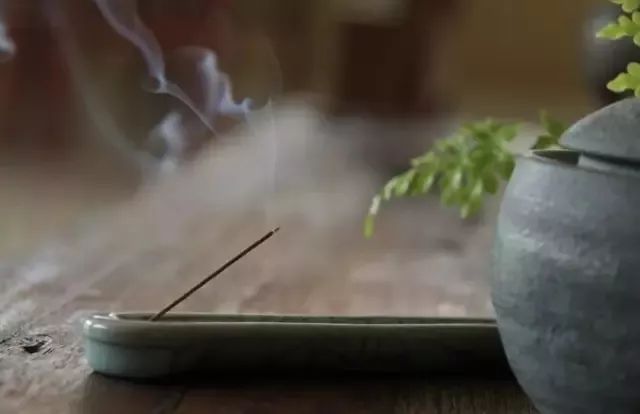
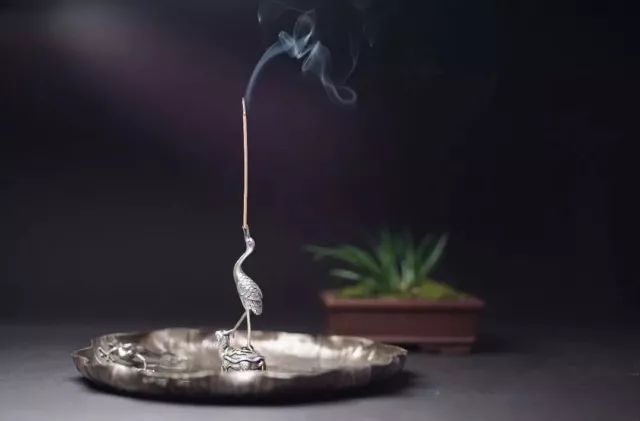
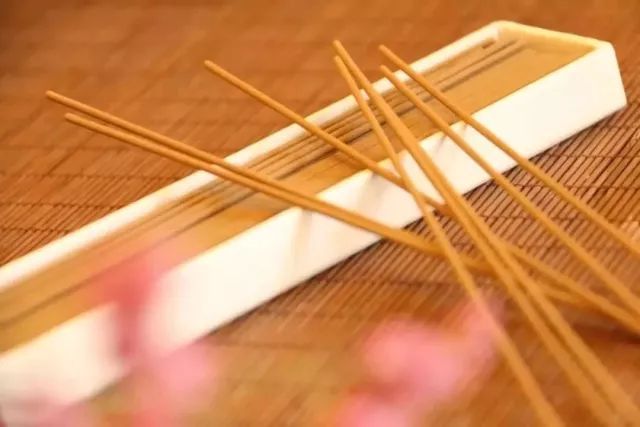
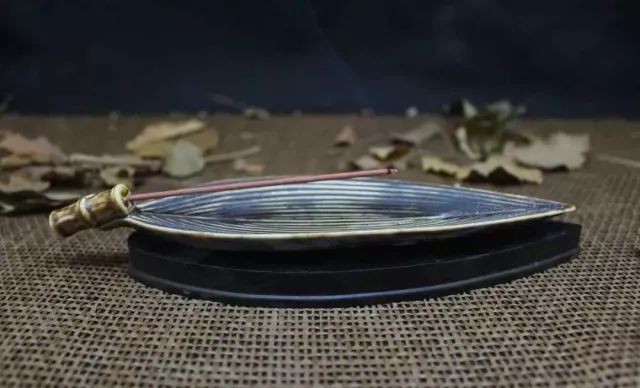
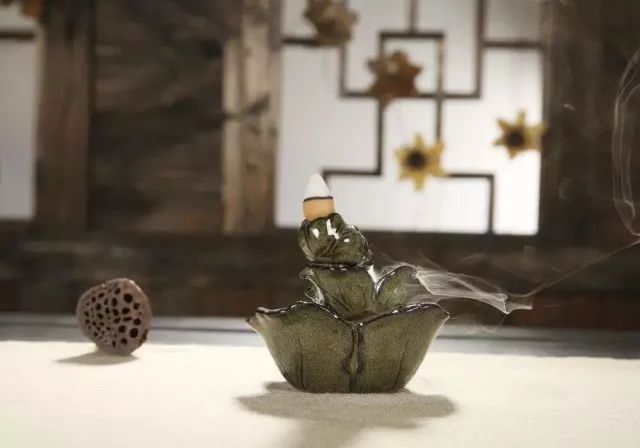
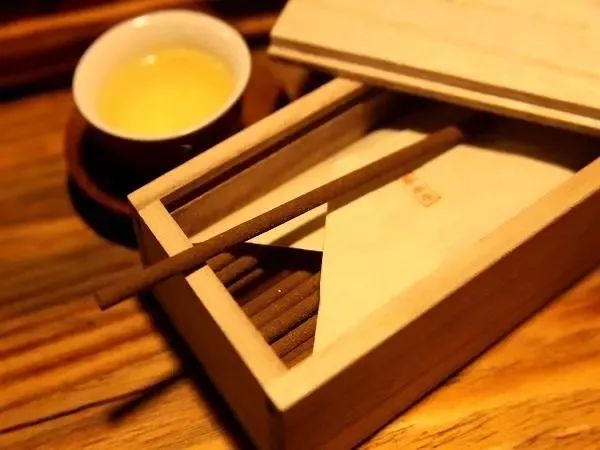
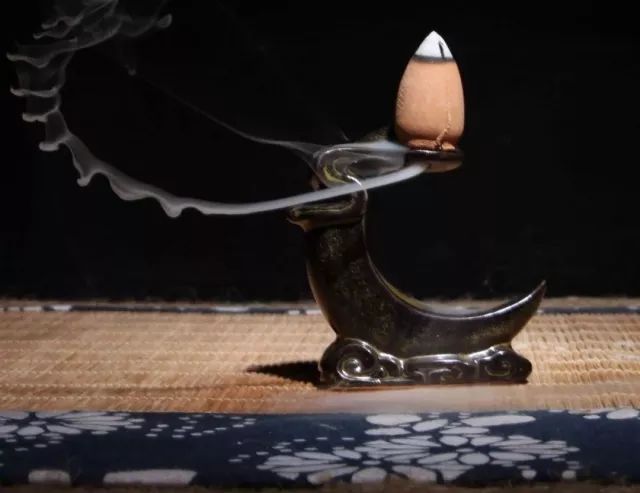
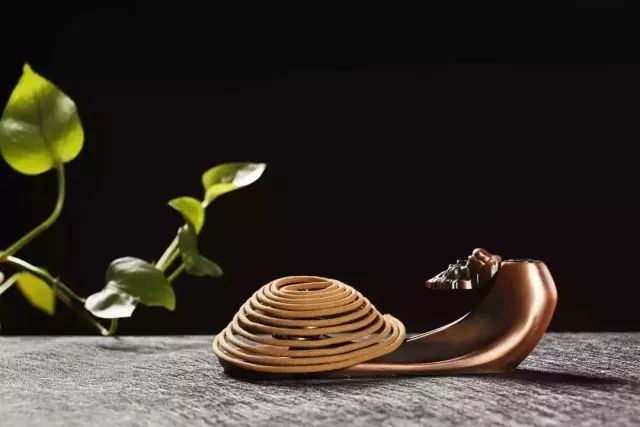
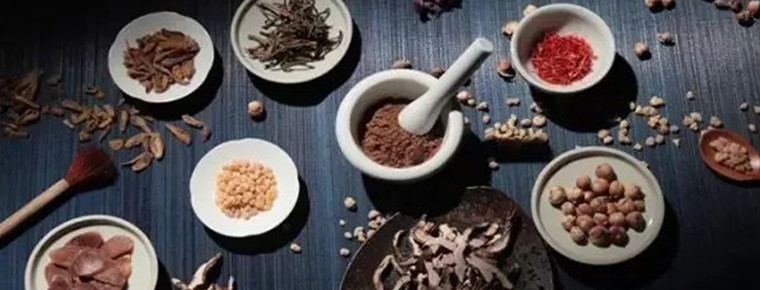
Traditional fragrance making techniques
-
Kizil Gaha Peak Sui
Located on the east side of Saltwater Valley in the northwest of Kuqa County Town, Kizil Mahabi is a towering ancient military building with the meaning of "old red mouth" or "red sentr
Views: 153 Time 2018-12-23 -
Swan Lake National Urban Wetland Park
Swan Lake National Urban Wetland Park, located in the ecological zone between the East and West urban areas of Sanmenxia City, covers an area of 8 850 mu, including 6 150 mu of land
Views: 193 Time 2019-02-21 -
High cavity
Gaoqiang is one of the four major tunes in Chinese opera. Gaoqiang was originally called "Yiyang Cavity" or "Yiqiang Cavity", because it originated in Yiyang, Jiangxi Province.
Views: 137 Time 2019-04-30 -
Hancheng Yangko
Hancheng Yangko, commonly known as "singing Yangko", is a form of singing that integrates folk songs, rap and dance, and derives from traditional opera
Views: 329 Time 2019-05-02 -
Fire tiger
Fire tiger is a traditional folk dance form spread in Fengtai, Anhui Province. One of its greatest characteristics is the word "fire". Performers often wear tight, thick clothes and tie tige
Views: 164 Time 2019-05-05 -
Beach Head Wood Engraving New Year Pictures
Tantou woodcut New Year's picture is the only handmade woodcut watermarking New Year's picture in Hunan Province. It has its own style with strong local characteristics in southern Chu. Tantou Town is
Views: 318 Time 2019-06-18 -
Tongzhou Bangzi
Tongzhou Bangzi originated in more than ten counties of Dali (Gutongzhou) Center in the east of Guanzhong, Shaanxi Province. Accompanied instruments, besides drum beating, are also named for their str
Views: 112 Time 2019-06-21 -
Yangzhou lacquerware decoration skills
Yangzhou lacquerware painting process is cumbersome, the step is "batch putty scrape gray, brush paint and push light". During the Warring States Period, Yangzhou lacquerware decoration tech
Views: 237 Time 2019-07-10 -
Folk Beating and Playing in Zhijiang
Zhijiang folk wind and beating music is a kind of traditional folk music art which is widely active in Zhijiang area of Hubei Province. After years of development and evolution, the folk blowing and p
Views: 269 Time 2019-07-25 -
Xianshi ancient town scenic spot in Zigong City
Xianshi ancient town scenic spot in Zigong City stands on the Bank of Fuxi River 11 kilometers southeast of Zigong City, the "Millennium salt capital", which is in contrast with Zigong, a famous historical and cultural city.
Views: 206 Time 2020-10-15 -
Huahu Lake
Huahu is located on the 213 national road between Ruoergai in Sichuan Province and Langmu temple in Gansu Province. It is a natural Haizi on the grassland of GER dam. Geer dam is the second largest grassland in China after Hulunbeir Grassland
Views: 168 Time 2020-11-07 -
Nanchong first industry
In 2019, the sown area of grain crops in Nanchong is 558000 ha, which is 0.15% lower than that in 2018. The sown area of oil crops is 152000 ha, an increase of 1.9% over that in 2018. The vegetable planting area is 154000 hectares, an increase of 3.9% over that in 2018.
Views: 374 Time 2020-12-17
